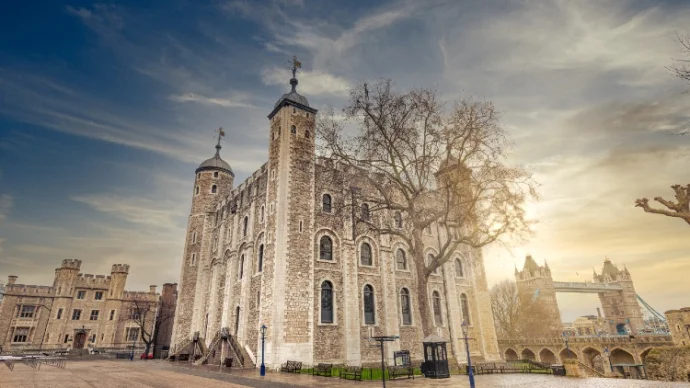
About London Roman Amphitheatre
London Roman Amphitheatre remains the only known Roman amphitheatre in the city, whose 2,000-year-old history may be explored 8 metres below ground.
London Roman Amphitheatre history
Believed to have first been built in 74 AD, London Roman Amphitheatre was extensively renovated in around 120 AD with tiled entrances and rag-stone walls added.
At its peak, the amphitheatre would have seated up to 6,000 spectators, who would come to watch brutal gladiatorial matches, animal fights, public executions, or attend religious activities. At this time, London – then Londinium – had a population of some 20,000 to 30,000 people.
After the Romans left Britain in the 4th century, the amphitheatre lay dormant for centuries, before in the 11th century the area was reoccupied. By the 12th century the first Guildhall was built on the site.
After years of searching, in 1988 the amphitheatre was finally unearthed beneath Guildhall Yard. Intriguingly, it was found to be constructed within the Roman city walls, while most ancient amphitheatres were built outside of them.
London Roman Amphitheatre today
Today, London Roman Amphitheatre is located in the basement of the Guildhall Art Gallery, where visitors can see the remains of its walls, original wooden drains, and two small chambers. These may have functioned as the waiting rooms for the gladiators or even the wild beasts that performed in the arena.
Once a month, the curator of London Roman Amphitheatre hosts a guided tour of the site, otherwise it is part of the Guildhall Art Gallery and entry to the site is included in the gallery ticket. Above ground, a dark stone line may be seen in the pavement – this follows the 80-metre wide curve of the amphitheatre beneath!
Getting to London Roman Amphitheatre
London Roman Amphitheatre is located inside Guildhall Art Gallery in the City of London. Bank Underground station is a 5-minute walk away, while London Canon Street train station is an 8-minute walk away. The 21, 141, and 43 bus services also stop at Great Swan Alley, a 5-minute walk away.
Featured In

London Historic Sites
Londinium, The Big Smoke, The Great Wen: London has experienced its fair share of change over its 2000-year history. Here's our pick of some of the British capital's most famous historic sites to visit today.




















